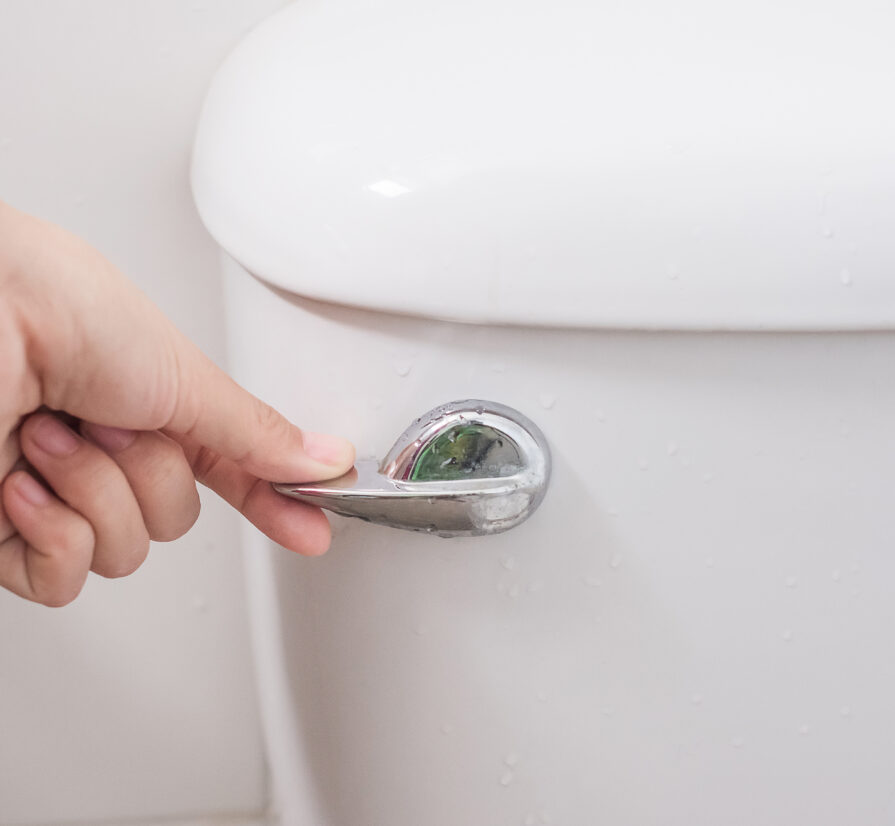
Clogged pipes occur in many households, especially in bathrooms. However, not many people question why or how their pipes are becoming clogged. Unknowingly, they continue doing or using the exact things that clogged their pipes in the first place.
Have you ever considered that flushable pipes could be the cause of your plumbing issues? In most cases, people are misled – especially when it comes to “flushable” wet wipes. Our team at Mr. Plumber would like to break down what items are safe for your pipes and how our services may solve your bathroom plumbing problems.
The Nature Of Flushable Wipes
As consumers, we generally trust what is written on packaging. When it comes to wet wipes, most packages say they are flushable. Although this is true in the sense that they can physically be flushed down the toilet, it’s important to look into how they break down once they touch the water.
Generally, wet towelettes are made from fibrous materials in order to maintain their strength while soaking in cleansing liquid. They are deemed “flushable” because they are capable of clearing the toilet bowl when flushed. Never mind that the pipes that travel beyond your commode aren’t equipped to handle a buildup of wipes.
These products also contain synthetic materials including polyester and plastic. Both of these materials don’t actually break down in water. Since these materials don’t break down in water, it’s not a good idea for them to go in your toilet bowl in the first place.
How Flushable Wipes Cause Clogged Pipes
Plant-based wet towelettes are considered flushable because they break down faster than non-flushable wipes. The reality is that they still take longer than toilet paper to disintegrate in pipes. During this prolonged breakdown period, these products can pile on sewer fats, creating a blockage in pipes that wouldn’t normally happen with toilet paper.
Just because these products go down your drain with no problem for months on end doesn’t mean they aren’t piling up in the 45-degree crook of your pipe and the beginning of the sewer system. Not only can this clog your toilet, but it can also clog your home’s entire drainage system if stuck far enough down the pipe.
If flushable wipes are flushed down the toilet over and over again, they can build up in your pipes quickly because they don’t break down fast enough or disintegrate like toilet paper.
It is possible for sinks and tubs throughout your home to become clogged due to flushing wipes down the toilet over and over again.
Bathroom Plumbing Solutions In San Antonio
Despite wet wipes making things easier to clean in the moment, clogged pipes in the future can be much more difficult and more costly to reconcile. Toilet paper is the only product meant to be flushed down the drain, even if what you’re using is labeled as “flushable.”
Whether you have plumbing issues or need a new bathroom toilet installation, our team of plumbers at Mr. Plumbing is happy to help! No matter the cause of your plumbing issues, our team of professionals can help get your toilet working good as new! Reach out to us whenever you need a hand with your plumbing!

